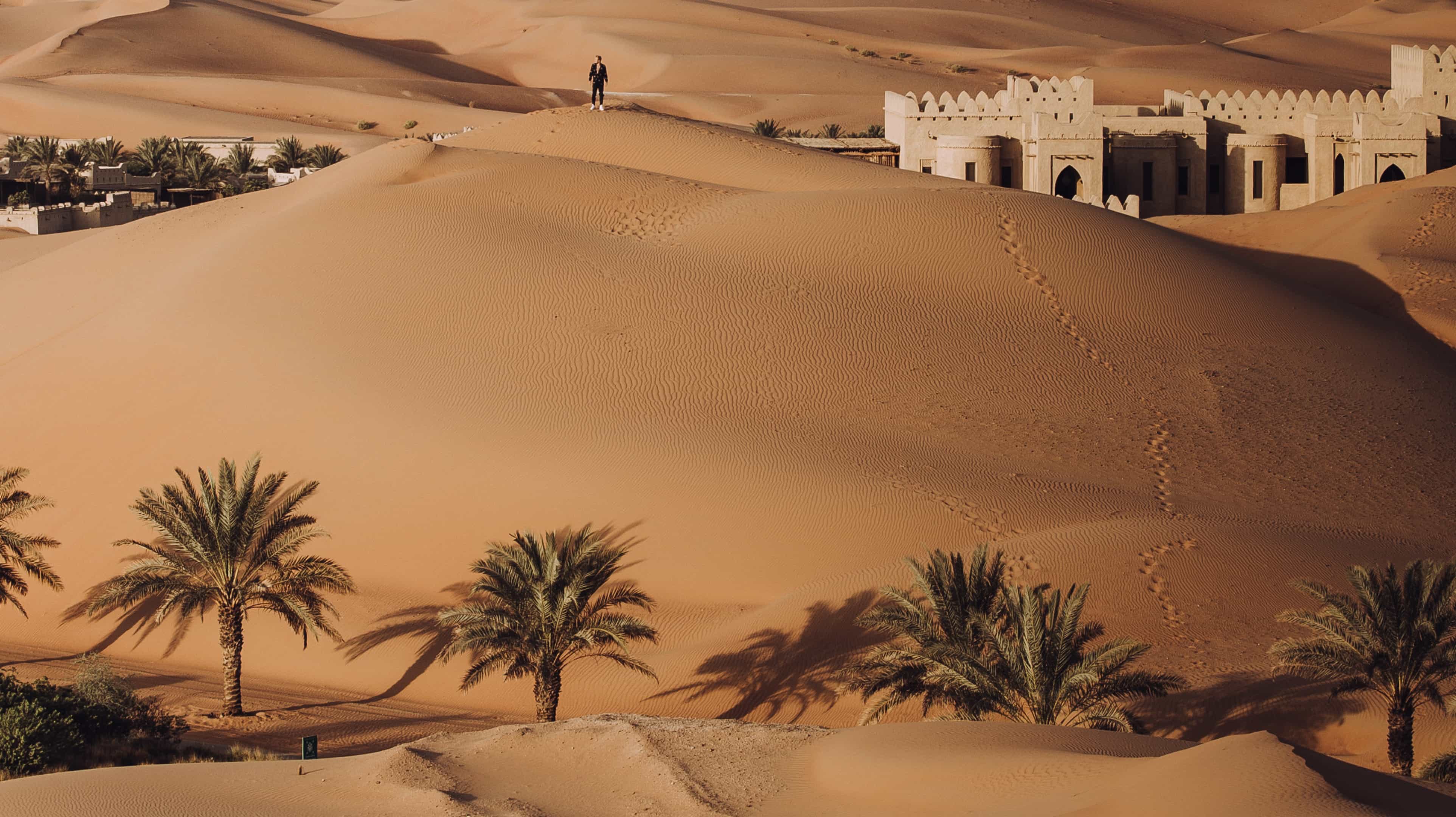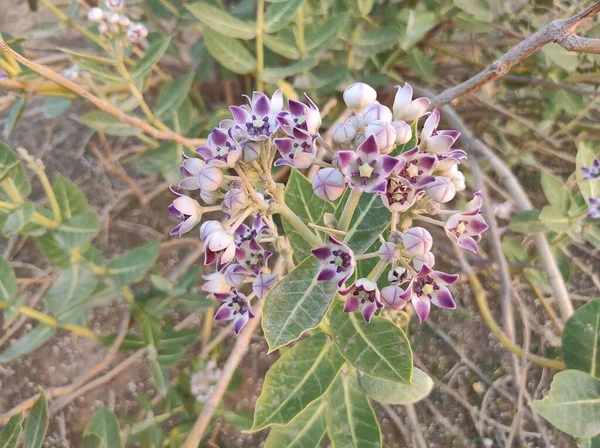Page Contents
The Arabian Desert, sprawling across the Arabian Peninsula, is one of the world’s most iconic deserts, characterized by its vast sand dunes, stark landscapes, and hidden resources. The region is known not only for its challenging environment but also for the wealth of natural resources hidden beneath its sands, which have shaped the economies and cultures of surrounding nations.
The Geography of the Arabian Desert
The Arabian Desert covers approximately 2.33 million square kilometers, making it the fifth-largest desert in the world. It spans countries like Saudi Arabia, Oman, Yemen, and the United Arab Emirates. The heart of this desert is the Empty Quarter, or Rub’ al Khali, which is the largest continuous sand desert globally.
The Empty Quarter: A Sea of Sand
The Rub’ al Khali, or “Empty Quarter,” is a vast area of sand dunes that stretches across southern Saudi Arabia into Yemen, Oman, and the UAE. Known for its rolling dunes and intense heat, this region is one of the harshest and least explored parts of the desert. Temperatures can soar above 56°C (132°F) in the summer, making it a challenging environment for any form of life.

Climate of the Arabian Desert
The Arabian Desert is an extreme environment with temperatures that can reach up to 56°C during the day and plummet to freezing at night. Rainfall is nanastoto scant, with some areas receiving less than 3 inches of rain per year. However, this climate has not deterred the presence of life, as flora and fauna have adapted uniquely to survive in this harsh environment.
Flora and Fauna: Life Finds a Way
Despite its arid conditions, the Arabian Desert is home to a variety of plant and animal species. These species have developed incredible adaptations to survive, from water-conserving plants to nocturnal animals.

Vegetation: Adapted to the Extremes
The Arabian Desert’s vegetation includes hardy shrubs, acacia trees, and various types of grasses that have adapted to the desert’s saline soil and limited water supply. These plants have deep root systems to tap into underground water sources, and some, like the desert date, can store water in their stems and leaves.
Wildlife: Surviving Against the Odds
Wildlife in the Arabian Desert includes oryx, Arabian wolves, sand cats, and a variety of reptiles. These animals have adapted to the desert’s extreme conditions by becoming nocturnal, burrowing, or developing specialized ways to conserve water. The Arabian oryx, once on the brink of extinction, has been reintroduced to the wild and has made a remarkable recovery, symbolizing the resilience of desert life.
Human History in the Arabian Desert
Humans have inhabited the Arabian Desert for thousands of years. Early settlers adapted to the environment, relying on camels for transport and trading in frankincense, myrrh, and spices, which were highly valued commodities.
Bedouin Culture: Nomads of the Desert
The Bedouins, or nomadic tribes, have lived in the Arabian Desert for centuries, moving with their herds in search of pasture. Their lifestyle is intricately connected to the desert, and they are known for their hospitality, poetry, and deep knowledge of the desert’s resources.

The Riches Beneath: Oil and Gas
The discovery of oil in the Arabian Peninsula transformed the region from a series of small, impoverished communities into some of the wealthiest nations in the world. The Arabian Desert is now home to vast oil fields, particularly in Saudi Arabia and Kuwait, which have driven economic growth and development across the region.

Modern Developments: Urban Oases
Today, the Arabian Desert is dotted with modern cities like Dubai, Riyadh, and Abu Dhabi, which have grown rapidly thanks to the wealth generated by oil. These cities are urban oases, featuring some of the world’s tallest buildings, luxury shopping malls, and state-of-the-art infrastructure, a stark contrast to the traditional Bedouin lifestyle that once dominated the region.
Environmental Challenges and Conservation
As the desert cities grow, environmental concerns arise. The extraction of oil and gas, coupled with urban expansion, has led to habitat loss and pollution. Conservation efforts are underway to protect endangered species and restore desert habitats.
The Future of the Arabian Desert
The future of the Arabian Desert is intertwined with the challenges of climate change and the transition to renewable energy. As oil-dependent economies seek to diversify, there is a growing focus on solar energy, which could transform the desert into a hub for sustainable energy production.
The Arabian Desert is a place of extremes, from the vast emptiness of the Rub’ al Khali to the bustling cities built on oil wealth. Its unique landscapes, resilient flora and fauna, and rich cultural history make it one of the most fascinating deserts in the world. As the region faces the future, it must balance the demands of modernization with the need to preserve its natural heritage


